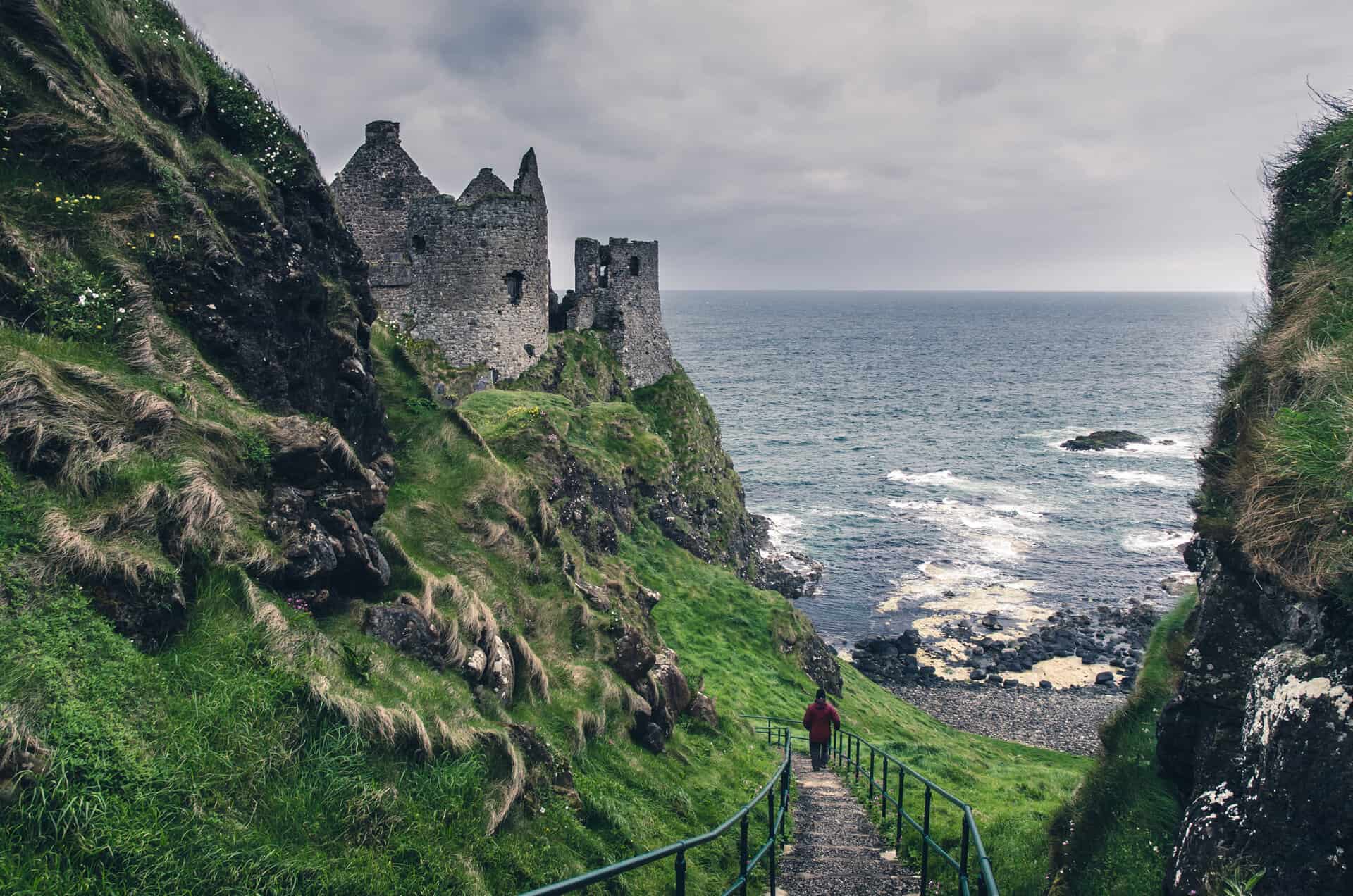
Ireland, often referred to as the Emerald Isle, is a land of stunning natural beauty, rich cultural heritage, and warm hospitality. From the vibrant streets of Dublin to the breathtaking landscapes of the Cliffs of Moher, there's something to captivate every traveler. But when is the best time to visit this enchanting island? Let's delve into the details to help you plan your perfect Irish getaway. You can find amazing prices on high-rated flights and hotels to Ireland at Skyscanner.
Best Time to go to Ireland: After exploring Ireland on multiple occasions, I've found that the top three months for travel are during the shoulder season: May, September, and October. Visiting during these months offers several advantages, including fewer crowds, cheaper accommodation prices, and a full itinerary of festivals coupled with decent weather. Whether you're strolling through the charming streets of Dublin or marveling at the rugged beauty of the Cliffs of Moher, these months provide an ideal balance for experiencing all that Ireland has to offer.
Considerations for Each Season:
Spring (March to May):
- Weather Wise: Spring is a delightful time to visit Ireland. As the season unfolds, the landscape transforms into a tapestry of lush greens and colorful blooms. Temperatures range from 8°C to 12°C (46°F to 54°F), making it pleasantly cool for outdoor activities.
- Activities: Spring beckons adventurers with its promise of outdoor exploration. From hiking along the Wild Atlantic Way to meandering through picturesque gardens, there's no shortage of activities to enjoy amidst the burgeoning beauty of the Irish countryside. Spring in Ireland may have the wettest months, especially along the coast
Summer (June to August):
- Best Weather: If you're a fan of warm weather, then summer is the best time to visit Ireland. With average temperatures ranging from 15°C to 20°C (59°F to 68°F), it's the perfect season for outdoor adventures and sightseeing.
- Long Days: One of the highlights of summer is the abundance of daylight. With extended daylight hours, you'll have ample time to soak up the sights and immerse yourself in the vibrant atmosphere of festivals and events across the country.
Fall (September to November):
- Shoulder Season: September and October mark the shoulder season in Ireland, offering travelers the best of both worlds. As temperatures cool down to a comfortable 11°C to 15°C (52°F to 59°F), you can enjoy beautiful foliage, fewer crowds, and a host of cultural festivals.
- Visiting Ireland's Icons: Fall is an ideal time to explore Ireland's iconic landmarks, such as the Cliffs of Moher and the Ring of Kerry, without the summer crowds. Whether you're embarking on a scenic drive or sampling local cuisine at the Kinsale Gourmet Festival, autumn in Ireland promises unforgettable experiences.
Winter (December to February):
- Mild Weather: Despite the chill in the air, Ireland's winters are relatively mild, with temperatures ranging from 3°C to 8°C (37°F to 46°F). While rain is more frequent during this season, you can still expect plenty of dry spells for exploring.
- Off-Season Exploration: Winter offers a quieter, more intimate experience for travelers. With fewer crowds and shorter daylight hours, you'll have the opportunity to delve into Ireland's rich history, cozy up in traditional pubs, and immerse yourself in the warmth of Irish hospitality. Winter is also your best chance to see the northern lights.
Additional Tips for Traveling to Ireland:
- Be Prepared for Changeable Weather: Ireland's weather is notoriously unpredictable, so be sure to pack layers and waterproof clothing to stay comfortable in any conditions.
- Avoid Peak Season: If you prefer a more relaxed travel experience, consider visiting during the shoulder seasons of spring or fall to avoid the crowds and enjoy cheaper accommodation prices.
- Embrace the Festive Spirit: Whether you're celebrating St. Patrick's Day in Dublin or browsing the Christmas markets in Belfast, Ireland's festivals offer a vibrant glimpse into its rich cultural heritage.
- Explore Beyond the Cities: While Dublin and Belfast offer their unique charm, don't miss the opportunity to venture into the Irish countryside. From the rugged beauty of Kerry to the vibrant streets of Galway, there's so much to see and experience beyond the bustling towns and cities.
After reading all this you should be able to determine the best time to visit Dublin, whether it's in January and February, July and August, or even September or October. Depending on what month you can have the nice weather you desire whether it is summer in Ireland or Winter in Ireland. You can now determine for yourself the best time of year to visit Ireland as well as the worst time to visit Ireland. Have an amazing trip to Ireland!
In conclusion, the best time to visit Ireland depends on your preferences and interests. Now you know the best time to travel to Ireland for your dream trip! Whether you're drawn to the vibrant energy of summer festivals or the tranquility of a crisp winter's day, Ireland welcomes you with open arms year-round. So pack your bags, embark on an adventure, and discover the magic of the Emerald Isle for yourself.










